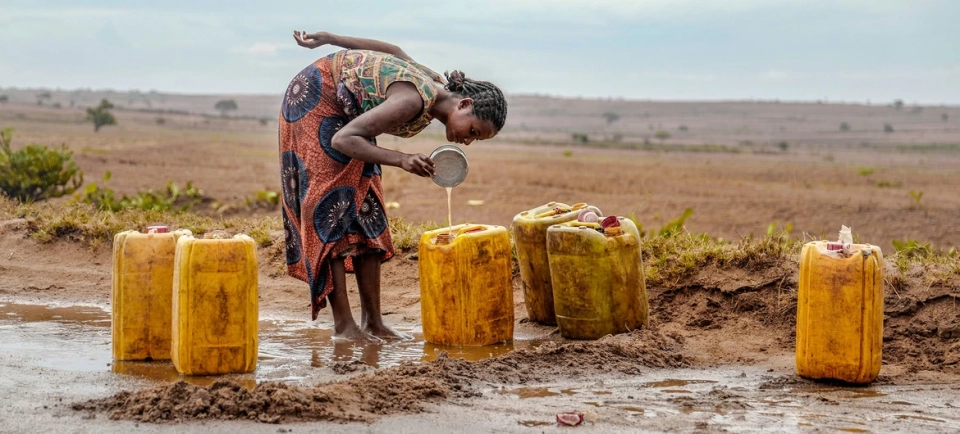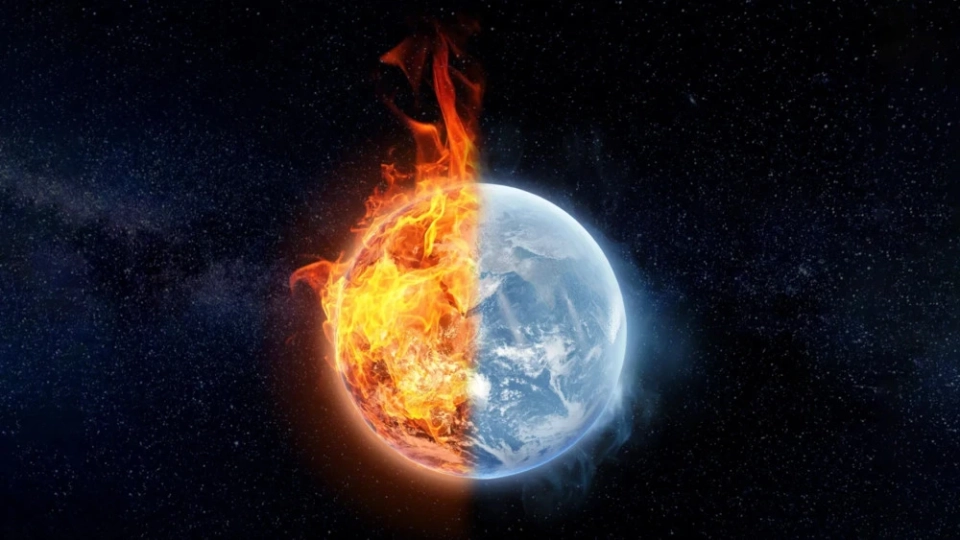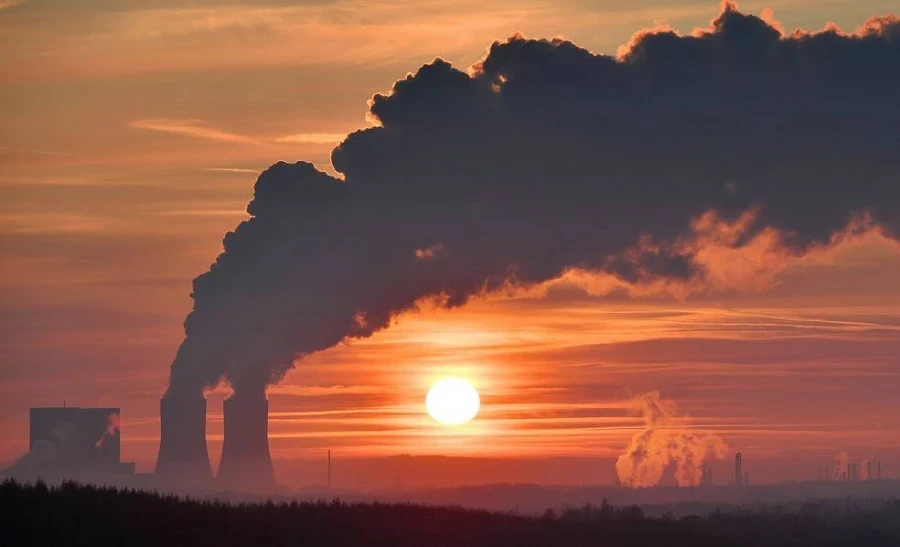
In 2025, the Earth continues to set new temperature records. According to the World Meteorological...
According to the World Meteorological Organization (WMO), 2025 could become the second or third...
In the context of rising global temperatures and the intensifying impacts of climate change, a...

Uzhydromet has published the climate forecast for November. According to the data, the average air...

The 30th Conference of the Parties (COP-30) to the United Nations Framework Convention on Climate...
On November 9, 1953, a temperature record was set in Bishkek: the thermometer dropped to −18.7...
The modern world is facing a new stage of instability, where armed conflicts intertwine with...
According to data published by the Eurasian Economic Commission, from January to August 2023, the...

From Monday to Wednesday (November 3-5), rain is expected across the country, with snow in the...
Around the world, nearly 90% of violent crimes against journalists go unpunished. This information...
In 2025, Kyrgyzstan will face a decrease in sugar production volumes due to unfavorable weather...
- As a result of the high temperatures observed during the summer of 2025, there has been a...
Every year, millions of people fall victim to the consequences of climate change, as indicated by a...
According to information from the National Statistical Committee, the import of tomatoes from...
According to the resource "Weather and Climate," the coldest November 2 in Bishkek was in...
The Eurasian Fund for Stabilization and Development (EFSD) has presented a medium-term analysis...

Photo UNICEF/S.Andriananten Climate change is leading to an increase in the frequency of droughts...
In Kyrgyzstan, there is a continuing increase in the volume of lending by commercial banks,...

The average monthly air temperature in Kyrgyzstan in November is expected to be around the...
The data from long-term meteorological observations can be found on the Russian weather website...
- According to the data from the Interstate Statistical Committee of the CIS, Kyrgyzstan continues...

According to Gallup, in 2024, the level of anxiety among the adult population reached record...

Modern Weather Reports and Forecasts Simple yet accurate experiments and systematic observations...
Kyrgyzstan, which ranks third among countries in Eastern Europe and Central Asia in terms of...
Kyrgyzhydromet has presented the weekly weather forecast for Kyrgyzstan. Throughout the next week,...
- From January to August 2025, there has been an increase in the extraction of key construction...
- According to information from the Ministry of Economy and Commerce, the consumer price index,...
According to data from the National Statistical Committee, from January to August 2025, 1,046...

Research conducted by scientists from the MARUM Center for Marine Environmental Sciences at the...

Burning coal is one of the key causes of global warming...

According to information provided by the Ministry of Culture and Tourism of Turkey, the total...

Photo of the City Hall The meeting of Bishkek Mayor Aibek Junushaliev with the K-water delegation...
- In Kyrgyzstan, there has been a 7% increase in the import of frozen fish over the past 8 months....

Kazakh news resources publish materials emphasizing that while Kazakhstan strives to enter the top...
The forecast for air temperature and precipitation for November 2025 has been prepared by...
On October 26, 1975, in Bishkek, which was then called Frunze, a record low temperature was set....
According to the resource "Weather and Climate," the lowest temperature recorded in...
Farhan Haq, Deputy Spokesperson for the UN, stated in response to journalists' inquiries that...

Kubanychbek Omuraliev, the Secretary General of the Organization of Turkic States (OTS), expressed...
- From January to September 2025, 544 thousand square meters of housing were built in rural areas...

At the climate negotiations in Paris, the second high-level segment has begun. Experts have...
As reported, the average air temperature in November is expected to be within a range that exceeds...